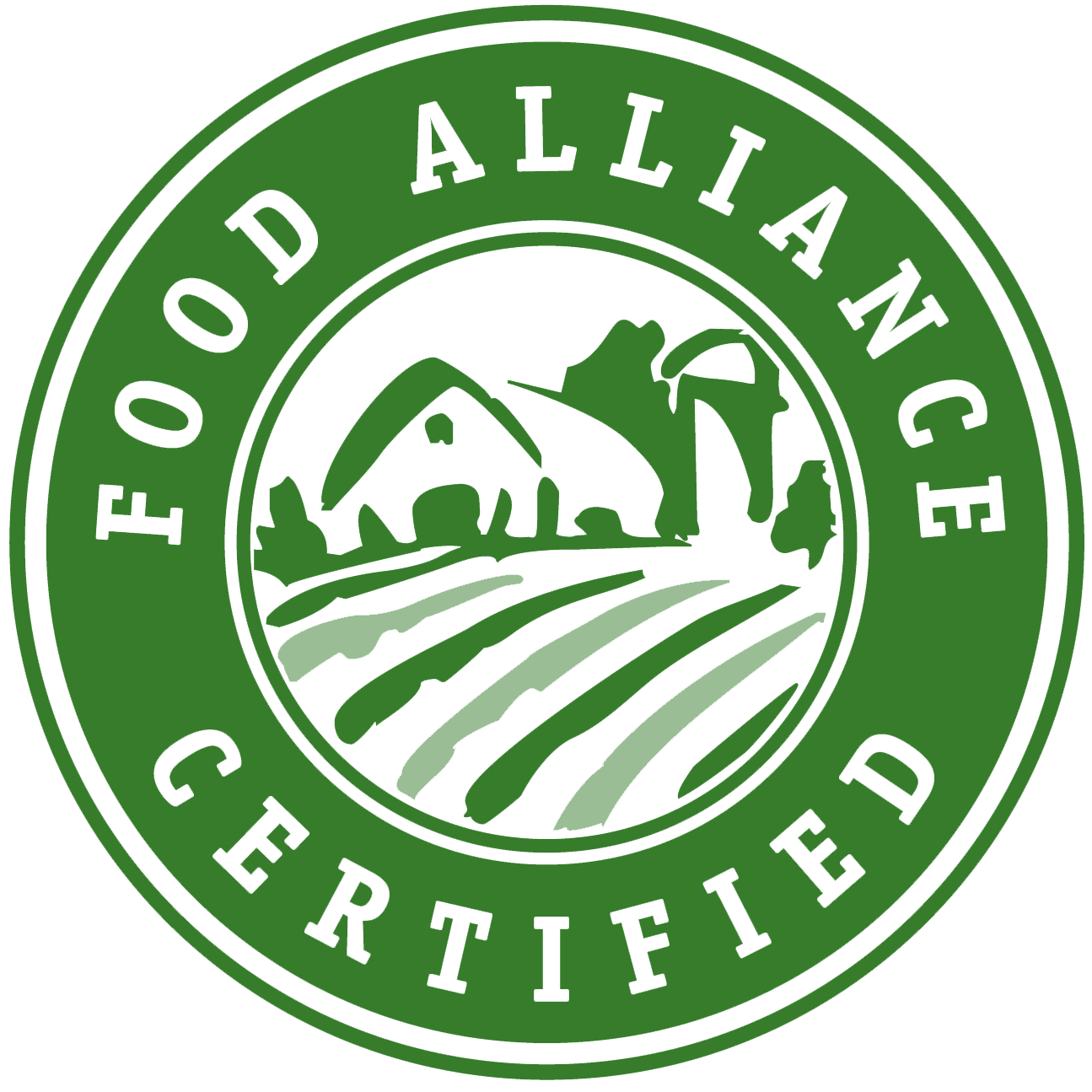Beyond the Aisles: Tracing Your Food's Path
When we think about where our food comes from, we often picture a farm, a market, or a restaurant but the journey our food takes is far more complex. Behind every apple, steak, or loaf of bread is a network of people, places, and processes working together to move food from the land to our tables. This network is known as the food supply chain, and understanding how it works helps us make more informed, responsible, and sustainable choices as consumers.
What Is a Food Supply Chain?
At its core, a food supply chain is the series of steps involved in growing, processing, packaging, transporting, marketing, selling, and eventually consuming food. It’s not just a line—it’s a web that includes:
Producers: Farmers, ranchers, and fishers who grow or raise the raw ingredients.
Processors: Facilities that sort, clean, butcher, mill, or preserve food to make it market-ready.
Distributors: Companies and logistics teams that store and transport goods to stores, schools, restaurants, and more.
Retailers and Foodservice: Grocery stores, co-ops, institutional buyers, and restaurants that sell or serve food to consumers.
Consumers: All of us, making choices about what we buy, cook, and eat.
Each link in the chain relies on the others to function and when one part is disrupted, the effects ripple across the entire system.
Why Transparency Matters
In today’s global food system, ingredients may travel thousands of miles and pass through multiple hands before reaching the end consumer. While this system provides convenience and scale, it can also obscure the origins of our food, making it difficult to trace practices related to labor, environmental impact, and animal welfare.
That’s where supply chain transparency comes in. Food Alliance certification helps bridge that information gap by verifying how food is grown, processed, and transported. We offer third-party validation for claims around sustainability, humane treatment, and fair labor, giving consumers confidence in their choices and rewarding producers who go the extra mile.
Current Challenges in the U.S. Supply Chain
Climate change, labor shortages, and global conflicts have all exposed vulnerabilities in the U.S. food supply chain. Some of the major challenges include:
Consolidation: A handful of corporations control large segments of the processing and distribution system, making it harder for small and mid-sized farms to access markets.
Worker Inequities: Many essential food system workers, especially those in processing plants and agricultural fields, face unsafe working conditions and low wages.
Environmental Strain: Transportation emissions, packaging waste, and resource-intensive production methods contribute to ecological damage.
Food Insecurity: Despite an abundance of food, many communities struggle to access healthy, affordable options due to systemic inequalities.
Addressing these challenges requires a more resilient, regionalized, and values-driven food system—one where transparency, equity, and sustainability are not afterthoughts but central priorities.
How Food Alliance Verifies Supply Chains
Food Alliance Certified partner Shepherd’s Grain prints QR codes directly on their packaging.
At Food Alliance, we collaborate with farmers, ranchers, processors, and retailers who are building supply chains rooted in values, not just volume. Our partners prioritize local and regional sourcing to reduce environmental impact and strengthen resilient, place-based economies. They uphold fair labor practices that protect the dignity, safety, and well-being of the people who grow, harvest, and process our food. Their production methods focus on long-term sustainability, emphasizing practices that regenerate soil health, conserve water, and protect biodiversity. And they exceed baseline animal welfare standards, ensuring humane treatment throughout every stage of an animal’s life.
Traceability is a cornerstone of this work. Our certification standards require transparent systems that allow products to be traced from farm to table—giving consumers and buyers confidence in where their food comes from and how it was produced. For example, Food Alliance Certified partner Shepherd’s Grain prints QR codes directly on their packaging, allowing consumers to scan and see the exact farmer who grew the wheat in their flour. This level of traceability fosters trust, accountability, and a deeper connection to the people behind our food.
Food Alliance’s traceability standards were developed through a collaborative, multi-stakeholder process that included academic researchers, supply chain experts, farmers, processors, and retailers. These standards ensure robust internal controls, record-keeping, and product tracking systems are in place and verified through audits and ongoing monitoring.
As a consumer, your choices have power. You can support a healthier, more resilient food system by buying directly from local farms or food hubs, choosing products with credible certifications, and supporting businesses that are transparent about their sourcing and supply chain practices. Even asking simple questions, like where your food comes from or who grew it, can help drive change. The more we understand the path our food takes, the more empowered we are to support systems that nourish our communities, protect workers, and care for the land and animals we all depend on.




